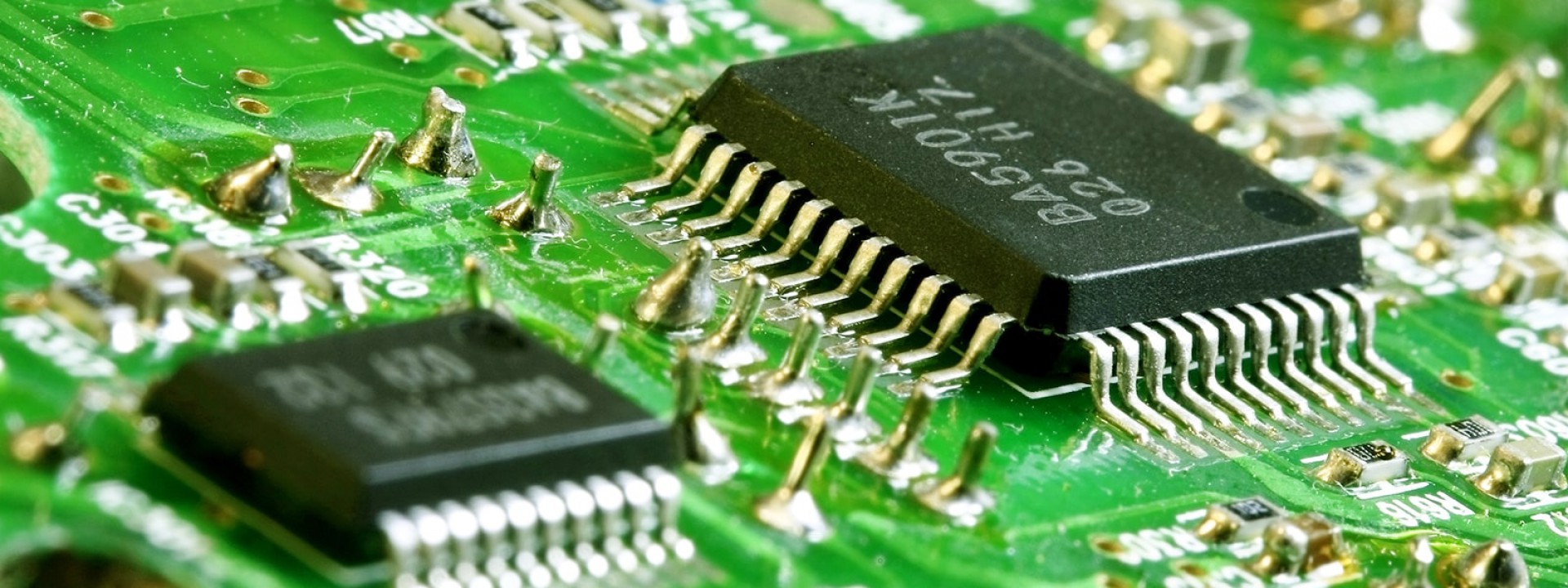News & Events
South Korea's semiconductor industry, which Samsung Electronics and SK Hynix have led, faces a double whammy amid falling memory prices and a tighter US ban on China.
According to Yonhap, due to the 42.5% fall in semiconductor exports, South Korea's exports fell 75% year-on-year to US$50.1 billion in February, the fifth consecutive monthly fall for one of the major chip exporters of the world. Besides, South Korea's exports to China, its largest trading partner, fell by 24.2% due to China's weak demand for chips and petrochemical products.
Korea JoongAng Daily quoted sources as saying that Samsung Electronics might post up to KRW4 trillion operating loss from the memory chip business in the quarter that ended in March, which may be the first operating loss since the fourth quarter of 2008 when the global financial crisis erupted.
The unnamed source told Korea JoongAng Daily that Samsung's foundry business is expected to post a profit, but that is not enough to make up for the loss from the memory business. The DX division, which includes the mobile phone business, generated more than half of Samsung's revenue in 2022, but the DS division, inclusive of memory, IC, and foundry business, accounted for more than half of Samsung's operating income. An operating loss in the DS division would be a huge drag on Samsung's financial performance.
DIGITIMES quoted industry sources saying that memory prices continue to fall but will decline slower starting in March.
Chipmakers in South Korea are bracing for the geopolitical risk brought by the US-China tension. Last October, the US government announced sweeping export controls, preventing chipmakers from getting equipment to their advanced facilities in China. Although chipmakers obtained a one-year reprieve, the US government may not extend it beyond October.
According to Korea Times, Samsung's Xi'an plant produces about 40% of its NAND flash, and SK Hynix's Wuxi plant makes nearly half its DRAMs. A ban imposed by the US would mean a huge loss for the two memory giants' investments in China.
Meanwhile, as Bloomberg reports, South Korea's chip inventory level in January has risen by 28% compared to the previous month. When compared to that of January 2022, the inventory level has risen by 39.5%.
|
South Korea's semiconductor exports (US$m, %) |
||||||||
|
Date |
ICs |
Growth |
Memories |
Growth |
Amplifiers |
Growth |
Others |
Growth |
|
2022/1 |
2,892 |
26.6 |
5,540 |
25 |
41 |
291.2 |
930 |
52.5 |
|
2022/2 |
2,663 |
26.9 |
5,313 |
18.7 |
25 |
124.9 |
919 |
57 |
|
2022/3 |
3,377 |
52.3 |
6,778 |
30 |
26 |
110.1 |
1,043 |
56.4 |
|
2022/4 |
2,820 |
30.2 |
5,329 |
8.3 |
34 |
200.5 |
1,145 |
51.4 |
|
2022/5 |
2,788 |
20.6 |
6,038 |
7.5 |
29 |
155.2 |
1,005 |
45.5 |
|
2022/6 |
3,231 |
37.9 |
6,402 |
0.9 |
35 |
159.8 |
901 |
16.4 |
|
2022/7 |
3,701 |
44.8 |
5,270 |
-10.7 |
52 |
42.3 |
926 |
24.7 |
|
2022/8 |
3,738 |
34.6 |
4,967 |
-22.9 |
50 |
219.4 |
869 |
14 |
|
2022/9 |
3,504 |
19.3 |
5,338 |
-20.9 |
63 |
259 |
932 |
17.8 |
|
2022/10 |
3,410 |
18.8 |
3,963 |
-32.4 |
46 |
131.6 |
919 |
10.4 |
|
2022/11 |
3,245 |
12.1 |
3,430 |
-46.3 |
57 |
181 |
923 |
-6.5 |
|
2022/12 |
3,036 |
2.9 |
3,407 |
-50.1 |
117 |
275.1 |
1,116 |
23.6 |
|
2023/1 |
2,134 |
-26.2 |
2,490 |
-55 |
27 |
-34.7 |
735 |
-21 |
Source: KITA, March 2023
By DIGITIMES






